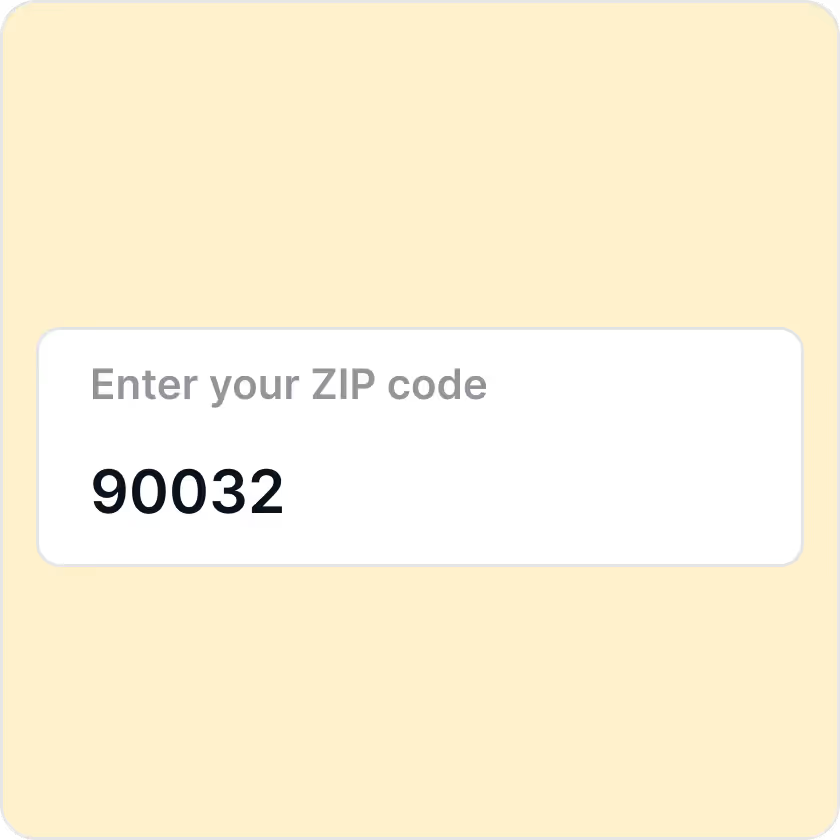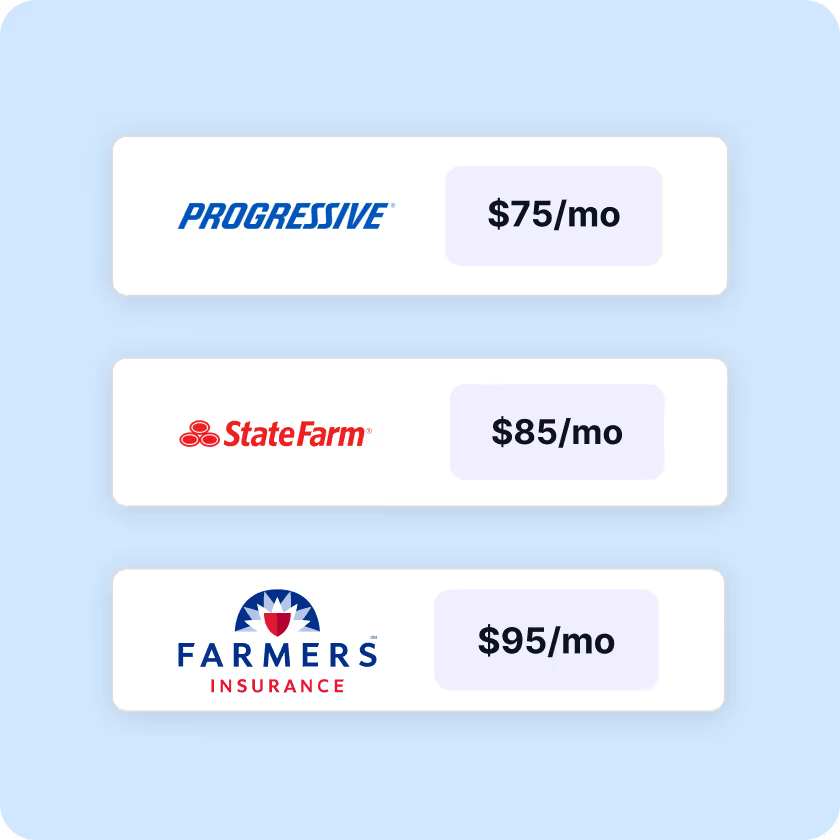
Kudos has partnered with CardRatings and Red Ventures for our coverage of credit card products. Kudos, CardRatings, and Red Ventures may receive a commission from card issuers. Kudos may receive commission from card issuers. Some of the card offers that appear on Kudos are from advertisers and may impact how and where card products appear on the site. Kudos tries to include as many card companies and offers as we are aware of, including offers from issuers that don't pay us, but we may not cover all card companies or all available card offers. You don't have to use our links, but we're grateful when you do!
Zero Interest, Maximum Savings: The Definitive Balance Transfer Playbook
July 1, 2025


If you’re struggling with high-interest credit card debt, a balance transfer could be your ticket to financial relief. By moving your balance from a high-interest card to one with a lower or 0% introductory APR, you can save hundreds or even thousands of dollars in interest while paying down your debt faster.
In this comprehensive guide, we’ll walk you through the balance transfer process step by step, highlight the best balance transfer cards of 2025, and share expert strategies to maximize your savings.
What is a Balance Transfer?
A balance transfer allows you to move debt from one credit card to another—typically one with a lower interest rate. Many balance transfer cards offer promotional periods with 0% APR for 12-21 months, giving you a window of opportunity to pay down your debt without accruing additional interest.
Think of it as hitting the pause button on interest charges while you tackle your principal balance.
When Should You Consider a Balance Transfer?
A balance transfer makes the most sense when:
- You’re carrying high-interest credit card debt
- You have a good to excellent credit score (typically 670+)
- You can pay off the transferred balance during the promotional period
- You’re committed to not accumulating more debt
- You want to consolidate multiple credit card payments
How to Do a Balance Transfer in 6 Simple Steps
1. Check Your Current Balance and Interest Rate
Before you begin, gather information about your existing debt:
- Check the current balance on all your credit cards
- Note the APR (annual percentage rate) for each card
- Calculate how much you’re paying in interest each month
This information will help you determine how much you need to transfer and how much you could potentially save.
2. Research and Choose the Right Balance Transfer Card
Not all balance transfer offers are created equal. Here’s what to look for:
- Length of 0% APR period: The longer the better—some cards offer up to 21 months
- Balance transfer fee: Typically 3%-5% of the transferred amount
- Credit score requirements: Most balance transfer cards require good to excellent credit
- Regular APR after the promotional period: Important if you can’t pay off the full balance during the intro period
- Card issuer restrictions: You usually can’t transfer balances between cards from the same issuer
Top Balance Transfer Cards of 2025
- Citi Double Cash® Card
- Balance Transfer Intro APR: 0% for 18 months
- Purchase Intro APR: N/A
- Balance Transfer Fee: 3% ($5 minimum)
- Regular APR: 18.24%-28.24%
- Additional Benefits: Earn 2% cash back on purchases (1% when you buy, 1% when you pay)
- Blue Cash Everyday® Card from American Express
- Balance Transfer Intro APR: 0% for 15 months (rates & fees)
- Purchase Intro APR: 0% for 15 months
- Balance Transfer Fee: 3% ($5 minimum)
- Regular APR: 18.24%-29.24%
- Additional Benefits: 3% cash back at U.S. supermarkets, U.S. gas stations, and on U.S. online retail purchases (on up to $6,000 per year in each category, then 1%). Cash back is received in the form of Reward Dollars that can be redeemed as a statement credit or at Amazon.com checkout
- Chase Freedom Flex®
- Balance Transfer Intro APR: 0% for 15 months
- Purchase Intro APR: 0% for 15 months
- Balance Transfer Fee: 3% ($5 minimum)
- Regular APR: 18.99%-28.49%
- Additional Benefits: 5% cash back in rotating categories
- Wells Fargo Reflect® Card
- Balance Transfer Intro APR: 0% for up to 21 months
- Purchase Intro APR: 0% for up to 21 months
- Balance Transfer Fee: 3% for 120 days, then 5%
- Regular APR: 17.24%-28.99%
- Additional Benefits: Cell phone protection
- Citi® Diamond Preferred® Card
- Balance Transfer Intro APR: 0% for 15 months
- Purchase Intro APR: 0% for 15 months
- Balance Transfer Fee: 3% ($5 minimum)
- Regular APR: 18.99%-28.49%
- Additional Benefits: 5% cash back in rotating categories
Once you’ve chosen a card, apply online or by phone. You'll need to provide:
- Personal information (name, address, Social Security number)
- Employment details and income
- Information about your existing credit cards
Remember that applying for a new credit card will result in a hard inquiry on your credit report, which could temporarily lower your score by a few points.
4. Initiate the Balance Transfer
After approval, you can request the balance transfer in several ways:
- Through the credit card’s online portal
- By phone with customer service
- Using balance transfer checks (if provided)
- During the application process (some cards allow this)
You’ll need to provide:
- The account number of the card you’re transferring from
- The amount you want to transfer
Important: Continue making minimum payments on your old card until you receive confirmation that the transfer is complete. This can take anywhere from a few days to several weeks.
5. Create a Payoff Plan
Now comes the critical part: paying off your balance before the promotional period ends. To create an effective payoff plan:
- Divide your total balance (including the transfer fee) by the number of months in your promotional period
- Set up automatic payments for at least this amount each month
- Consider making larger payments whenever possible to pay off the debt faster
- Avoid making new purchases on the card unless it also offers a 0% APR on purchases
Example: If you transfer $5,000 with a 3% fee ($150) to a card with an 18-month 0% APR period, you’ll need to pay at least $286 per month to clear the debt before interest kicks in.
6. Monitor Your Accounts and Avoid New Debt
After completing your balance transfer:
- Verify that the old card shows the reduced balance
- Check that the new card reflects the transferred amount plus any fees
- Continue monitoring both accounts
- Consider keeping the old card open to maintain your credit utilization ratio
- Avoid accumulating new debt while paying off your transferred balance
The True Cost of Balance Transfers: Fees vs. Savings
While balance transfers can save you money, they’re not free. Most cards charge a balance transfer fee of 3%-5% of the transferred amount.
Example:
- $10,000 balance at 24% APR = approximately $2,400 in annual interest
- $10,000 balance transfer with 3% fee = $300 one-time cost
- Potential savings in the first year: $2,100
To determine if a balance transfer makes financial sense for you, compare the balance transfer fee to the interest you would pay if you kept the debt on your current card.
Smart Strategies to Maximize Your Balance Transfer
- Transfer high-interest debt first: If you can’t transfer all your debt, prioritize balances with the highest interest rates.
- Time your transfer wisely: Some cards only offer the promotional rate on transfers completed within the first 60-120 days.
- Consider the "debt lasso" method: This involves transferring all your credit card debt to the fewest possible cards with the lowest interest rates, then focusing on paying off the highest-interest card first.
- Use separate cards for transfers and purchases: To avoid confusion and potential interest charges, consider using one card for your balance transfer and a different card for any necessary new purchases.
- Set calendar reminders: Mark when your promotional period ends so you can plan accordingly.
Common Balance Transfer Pitfalls to Avoid
- Missing the transfer window: Many cards require transfers to be completed within a specific timeframe after account opening.
- Exceeding your credit limit: You can only transfer up to your available credit limit, minus the balance transfer fee.
- Making only minimum payments: This could leave you with a substantial balance when the promotional period ends.
- Forgetting about the balance transfer fee: Always factor this into your calculations.
- Closing old cards immediately: This can negatively impact your credit utilization ratio and credit score.
Alternatives to Balance Transfers
If a balance transfer isn’t right for you, consider these alternatives:
- Personal loan: This may offer lower interest rates for longer terms, especially for those with excellent credit.
- Debt management plan: Credit counseling agencies can help negotiate lower interest rates with your creditors.
- Home equity loan or line of credit: This could offer lower rates but puts your home at risk.
- Debt consolidation: Combining multiple debts into a single loan with a lower interest rate.
[[ BALANCE_TRANSFER_CALCULATOR * {} ]]
FAQs About Balance Transfers
Q: How long does a balance transfer take?
Typically between 3-21 days, depending on the card issuer.
Q: Can I transfer different types of debt?
Most balance transfer cards allow you to transfer credit card debt, but some may also permit transfers from personal loans or other types of debt.
Q: Will a balance transfer hurt my credit score?
Initially, a hard inquiry and a new account may cause a small dip in your score. However, if the transfer helps you pay down debt and lower your credit utilization, it could improve your score over time.
Q: What happens if I don’t pay off the full balance during the promotional period?
Any remaining balance will be subject to the regular APR, which can range from 17% to 29% or higher.
Q: Can I do multiple balance transfers?
Yes, but you’ll be limited by your available credit, and applying for multiple new cards in a short period can impact your credit score.
Final Thoughts
A balance transfer can be a powerful tool for tackling high-interest credit card debt, but it requires discipline and a solid repayment plan. By following the steps outlined in this guide and avoiding common pitfalls, you can save money on interest and accelerate your journey to becoming debt-free.

Supercharge Your Credit Cards
Experience smarter spending with Kudos and unlock more from your credit cards. Earn $20.00 when you sign up for Kudos with "GET20" and make an eligible Kudos Boost purchase.
Editorial Disclosure: Opinions expressed here are those of Kudos alone, not those of any bank, credit card issuer, hotel, airline, or other entity. This content has not been reviewed, approved or otherwise endorsed by any of the entities included within the post.




























.webp)
.webp)
.webp)
.webp)
.webp)
.webp)
.webp)
.webp)
.webp)
.webp)